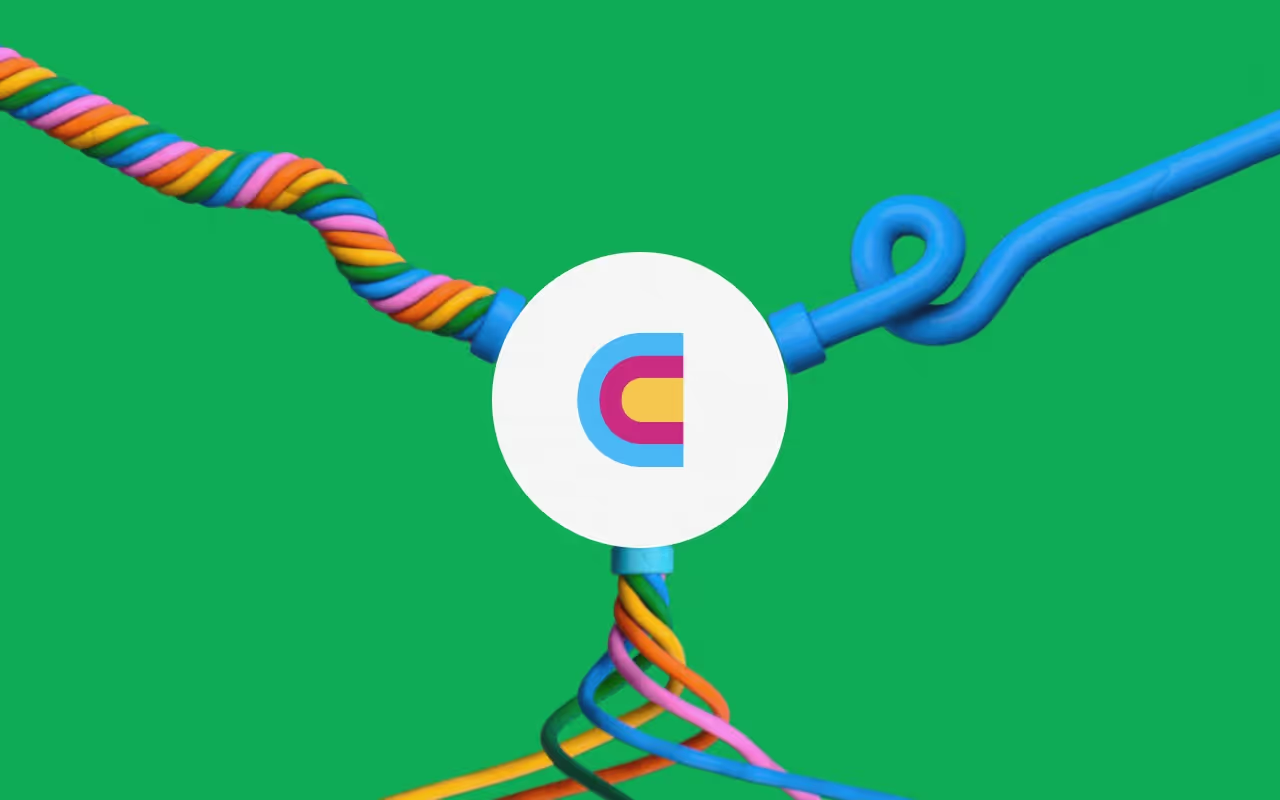Most sales teams face a fundamental problem when forecasting enterprise deals: multiple opportunities scattered across different subsidiaries of the same parent company appear as separate deals in your CRM with different contacts, company names, and sales stages.
These deals are connected by invisible threads running to the parent company's executive team.
Here's what this looks like in practice:
- A $200K deal at Subsidiary A
- A $300K opportunity at Subsidiary B
- A $150K deal at Subsidiary C
Your forecast shows $650K in pipeline across three accounts.
What you don't see is that all three subsidiaries report to the same CFO at the parent company. That CFO just announced a spending freeze on new software implementations. Your $650K in "diversified" pipeline just became zero.
⚠️ Three Major Forecasting Challenges
This creates three significant forecasting challenges:
- Pipeline accuracy suffers because you're treating connected deals as independent risks. When parent-level budget gets cut, multiple "separate" opportunities die simultaneously.
- You miss expansion opportunities hiding in organizational complexity. Subsidiary A might be ready to expand, but you don't realize Subsidiary D is part of the same corporate family.
- Your sales process doesn't align with how enterprise buyers make decisions. You're running separate discovery calls for each subsidiary when the real decision-maker sits at the parent level.
💡 The Solution: Parent-Level Opportunity Management
The solution: parent-level opportunity management using HG Insights.
Create a MASTER opportunity record representing the parent company's overall decision and budget allocation. Link all subsidiary implementation deals to that master opportunity to:
- Track decision-maker engagement at appropriate organizational levels
- Coordinate messaging across entity boundaries
For example, when selling to Berkshire Hathaway subsidiaries, create a master opportunity called "Berkshire Hathaway - Enterprise Software Implementation" that captures the parent-level decision process. Then create linked implementation opportunities for each subsidiary.
🔄 Shifting Your Sales Process Approach
This requires a shift in your sales process across three strategic tiers:
Tier 1: Parent-level strategic decisions
- Budget allocation, vendor selection, implementation timelines
- Decision-makers are C-suite executives caring about consolidated ROI
Tier 2: Subsidiary-level implementation
- Technical evaluations, configuration, rollout planning
- Decision-makers are subsidiary executives and department heads
Tier 3: Department-level adoption
- Training, optimization, ongoing success
- Decision-makers are end users and department managers
🛠️ Implementation for RevOps and Sales Ops Teams
Build an opportunity hierarchy that mirrors the actual decision-making process.
In your CRM, start with a Master Opportunity that captures the parent company decision and total budget allocation. For instance, "Berkshire Hathaway - Enterprise Software Implementation" with a total value of 750K.
Then create Implementation Opportunities for each subsidiary:
- "GEICO Implementation" for 200K
- "BNSF Railway Implementation" for 300K
- "Dairy Queen Implementation" for 150K
Link all meetings, demos, proposals, and activities with subsidiaries to the master opportunity for a central view of everything happening across the corporate family.
📊 Transforming Your Forecast Calculations
Your forecast calculations should follow this same structure.
If your master opportunity is at "Budget Approved" with a 75% probability, that becomes the baseline probability for all connected deals. Risk factors flow upward - if GEICO has budget issues, that's a risk factor that could affect the entire family of opportunities.
🚀 The Strategic Impact
This approach transforms your forecast accuracy by:
- Providing better visibility into deal risk
- Enabling coordinated sales strategy across the entire corporate family
🔮 What's Next
Next up, we'll talk about using tech stack data for message personalization.
Connect, explore and learn together
Read our GTM blog, or try out our top Claybooks and templates to transform your growth ideas into outreach in minutes.





















